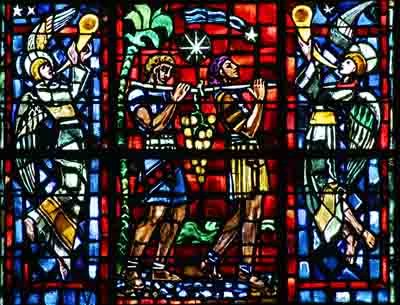We get a lot of questions on different topics about champagne. TheChampagneSommelier answers Your champagne questions. [read the full champagne story]
Estimated reading time: 2 minutes

The first evidence of significant wine-making activity in the Champagne region is connected with the Church.
In the Testament de Saint Remi, written in the 6th century by Saint Remigius, Bishop of Reims, who christened Clovis, various vines are mentioned, including one in the suburb of Reims. The Church would play an instrumental role in the development of vines across Champagne. For, following in the footsteps of St Remigius, the archbishop of Reims and several abbeys in the region were prominent grapevine owners. The cultivation methods and wine-making know-how were forged in their estates.
For more than a thousand years,
the Champagne wine region grew and expanded
The first domestic vines in the Champagne region can be traced back to the 1st century. It would not take long for the area under vine to develop and spread. It was fortunate in its strategic location along major trading routes. Firstly thanks to the growing popularity of Champagne agricultural shows, which were the beating heart of Europe’s economy in the Middle Ages. But also thanks to the northern location of the wine-growing area.
Beyond Champagne, the climate was too cold for vines to be grown. So Champagne became the supply region for the whole of northern Europe. The Hundred Years’ War ravaged the region, severely disrupting its viticulture. But from the late 15th century, vineyards resumed growth across Champagne.






